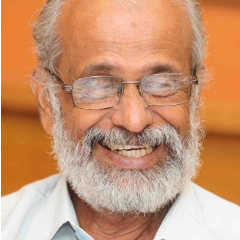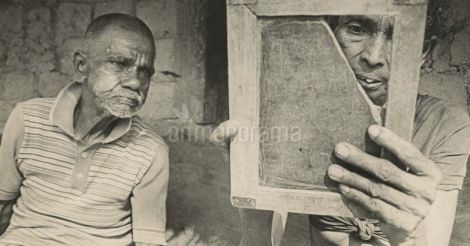Kerala may lose its lead in literacy sooner than later, a study by the State Council for Educational Research and Training (SCERT) has warned. The state’s literacy rate was 93.91 percent according to the 2011 census, while Mizoram stood second with 91.58 percent and Tripura third with 87.75 percent. Both Mizoram and Tripura have made tremendous strides since then, while about 10 lakh literates in Kerala lagged without continuous education.
Kerala can boast of cent percent school admission but the standards of the schools are not very hopeful. About 5 percent of seventh-standard students have never learned the English alphabet. About 35 percent of students struggle to use Malayalam, their mother tongue. About 85 percent of students lag in science and 73 percent fare poorly in mathematics.
This is an indication of a larger malady affecting India’s education sector.
The latest Annual State of Education Report, done for Pratham among 5,69,229 students across India, has found that 52 percent of students in the fifth standard cannot even read the textbooks prescribed for the second standard. The share stands at 33.2 percent in Kerala and 53.1 percent in neighboring Tamil Nadu.
Only 54.6 percent of fifth-standard students in Kerala can subtract figures and only 26.1 percent can divide a sum. The corresponding figures are 47.9 percent and 25.8 percent in Tamil Nadu. The situation cannot be any better in other states, judging by the national average.
What does these numbers show? Are the schools doing a shoddy job? Clearly, above 90 percent pass percentage in tenth standard exams does not give us a true picture of the education standards. Students’ standards cannot be guaranteed only because they pass the tenth-standard exams. This is true with all states in India.
The root of the problem does not lie in our curricula or exam system. Many students are able to study well and meet the standards in the same system while the others lag without any care or support. These students are ignored by the teachers and they cannot afford private tuition.
How is it possible for a student to study the topics prescribed for the fifth standard when he cannot even read the second-standard books? He needs special care and our system turns a blind towards that need.
In contrast, a private tutor will proceed only after teaching him the basics. This is where our schools goof up. They are not able to give individual attention to students. What the poor students get instead are mockery and blame, further alienating them from the system. There is no point in keeping them forcefully in the class rooms.
The students who fail to catch up are most often from economically and socially backward sections of society.
This is the story of the entire India. We cannot ensure progress and social justice through education unless we address these issues.
(The writer is an educational expert and a former president of the Kerala Sasthra Sahithya Parishad.)

























 This 1993 award winning photograph shows two elderly people during a literacy class in Kerala. EV Sreekumar
This 1993 award winning photograph shows two elderly people during a literacy class in Kerala. EV Sreekumar